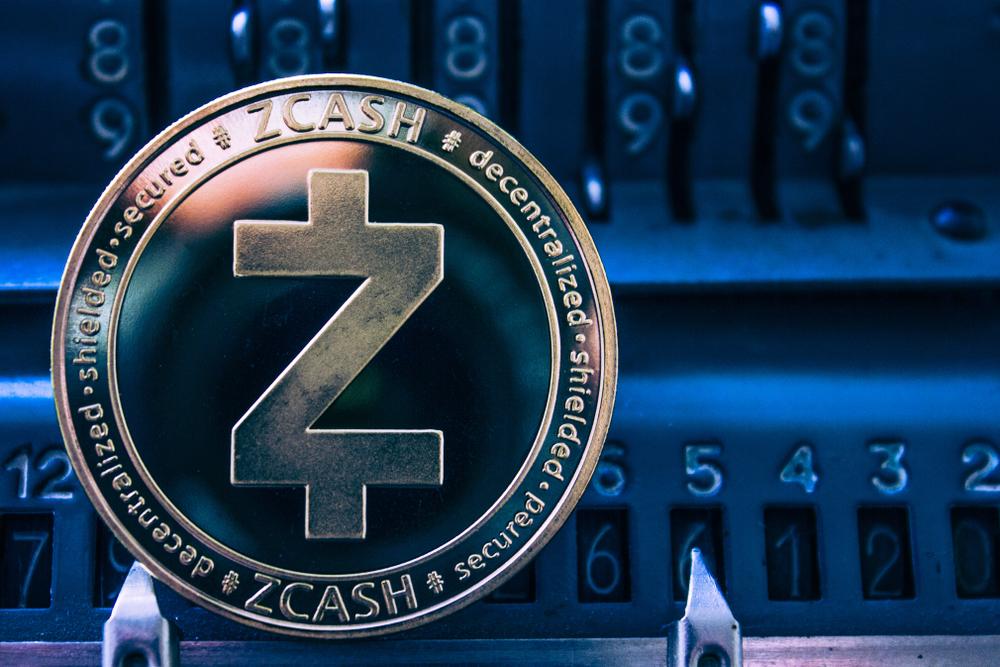ARTICLE AD BOX
When gold maximalist Debra Robinson jeered, “Imagine paying $118k for a set of man-made numbers,” she echoed a familiar skepticism among precious metal enthusiasts. Lyn Alden, a respected macro analyst and Bitcoin bull, responded with pragmatic advice:
“Precious metal enthusiasts could buy a bitcoin position of like 5% of their metals position. That hedges their risk of bitcoin gradually taking market share, so they can go to the beach and forget about the asset forever. Plenty of folks have recommended that for years.”
Why gold maximalists should take note
As of the time of writing, Bitcoin was trading at just under $118,000, having recently hit new all-time highs, reflecting global economic uncertainty and inflation concerns.
The “set of man-made numbers” now has a market capitalization that exceeds $2.2 trillion, putting it ahead of silver and making it one of the world’s most valuable assets, and 100 public companies, including BlackRock and Strategy, collectively hold nearly 1.3 million BTC, about 6% of the total supply.
In fairness to Debra, gold has also favored well of late, trading close to its record high of just over $3,500 at $3,355 an ounce. However, Alden’s 5% allocation suggestion is not about abandoning gold, but about risk management.
For a gold holder with $100,000 in metals, a $5,000 position in Bitcoin acts as a hedge against the risk that Bitcoin continues to eat into gold’s traditional role as a store of value.
This small allocation to Bitcoin can provide upside exposure if Bitcoin continues to outperform; even a modest position can have a significant impact on total portfolio returns.
If Bitcoin fails, as many gold maximalists absolutely believe it will, the loss is limited to a small fraction of the overall portfolio. As Alden puts it:
“They can go to the beach and forget about the asset forever.”
Echoes from the past: Bitcoin from a historical perspective
Vijay Boyapati, author of The Bullish Case for Bitcoin, offered a historical perspective. He commented:
“I was recommending this in 2013. At that time, I viewed Bitcoin as insurance against gold. Now I view gold as insurance against Bitcoin.”
Boyapati’s comment reflects the dramatic shift in Bitcoin’s perceived risk profile over the last decade. What was once a speculative hedge for gold bugs has, for many, become the main event, with gold now playing the supporting role.
Not everyone is convinced, however. CryptoSlate reported on the ongoing debate over gold vs Bitcoin yesterday, when notorious Bitcoin skeptic Peter Schiff came out to criticize the number-one crypto asset once more. Despite Bitcoin’s new highs, Schiff recently urged investors to sell BTC and buy silver, arguing that:
“Bitcoin remains a risky bet, while silver offers more upside and minimal downside.”
Yet, as corporate and institutional adoption of Bitcoin accelerates, Schiff’s warnings increasingly fall on deaf ears.
Allocating even a small percentage of a metals portfolio to Bitcoin is a rational hedge against being blindsided by technological change, and as Boyapati stated, the logic of hedging with Bitcoin has only grown stronger as adoption, liquidity, and institutional interest have surged.
Gold maximalists may scoff at the idea of paying six figures for man-made numbers, but the numbers don’t lie: Bitcoin’s rise is reshaping the store-of-value landscape. As Lyn Alden and Vijay Boyapati suggest, a modest Bitcoin allocation is not just speculation, it’s prudent risk management in a rapidly evolving world.
The post Bitcoin gains ground in gold vs. crypto debate appeared first on CryptoSlate.
.png)
 3 months ago
6
3 months ago
6








 English (US)
English (US)